Table of Contents
Call Of Duty 1 Overview
Call of Duty 1 released in 2003, is a seminal first-person shooter (FPS) video game developed by Infinity Ward and published by Activision. It marked the beginning of a blockbuster franchise that would dominate the gaming industry for years to come. Set during World War II, “Call of Duty” immersed players in the chaos and brutality of the conflict, delivering a gaming experience that was both historically accurate and action-packed.
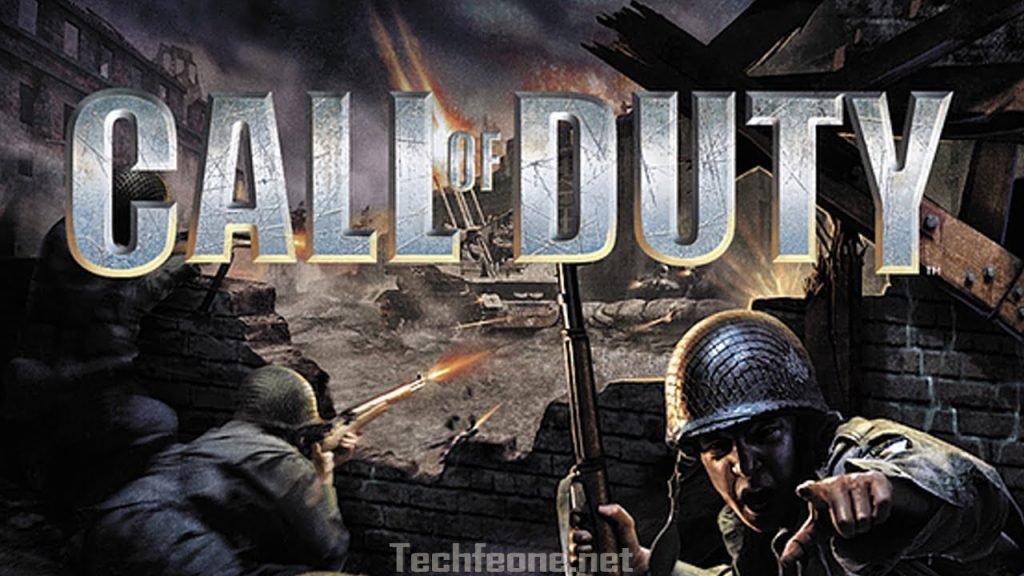
One of the game’s defining features was its unique perspective system. Players could choose to experience the war from the viewpoints of American, British, and Russian soldiers, each with their own campaign. This innovative narrative approach allowed players to witness the war from different angles, highlighting the global scope of the conflict.
Call of Duty 1 was lauded for its realistic graphics, intense gameplay, and cinematic presentation. The game’s missions were varied and engaging, from storming the beaches of Normandy as an Allied soldier to sneaking through enemy lines as a Russian sniper. The attention to detail in the game’s environments and weapons contributed to its immersive quality.
Multiplayer mode was another significant aspect of Call of Duty 1. It introduced the concept of killstreak rewards, where players earned special abilities or weapons for consecutive kills, setting the stage for future multiplayer modes in the series. The game’s online community flourished, and it laid the foundation for “Call of Duty” to become a competitive esports phenomenon.
Call of Duty was a critical and commercial success, earning praise for its historical accuracy and intense gameplay. Its impact on the gaming industry was profound, shaping the modern FPS genre and setting a high bar for subsequent entries in the franchise. Over the years, “Call of Duty” has evolved and explored different eras and gameplay mechanics, but the first installment remains a beloved classic that left an indelible mark on the gaming world.
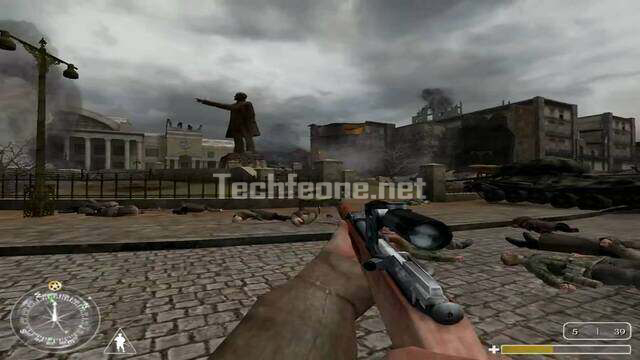
Game features
- Multiple Campaigns: The game featured three distinct campaigns, allowing players to experience World War II from the perspectives of American, British, and Russian soldiers. This narrative approach provided a well-rounded view of the war and showcased different theaters of conflict.
- Realistic Graphics: “Call of Duty” was praised for its realistic graphics, which were impressive for its time. The detailed character models, environments, and weapon designs helped immerse players in the World War II setting.
- Authentic Weapons and Equipment: The game included a wide variety of historically accurate weapons and equipment from the World War II era. Players could wield iconic firearms like the M1 Garand, Kar98k, and MP40, enhancing the sense of authenticity.
- Cinematic Presentation: “Call of Duty” incorporated cinematic elements such as scripted events, intense set pieces, and well-choreographed action sequences. These elements created a cinematic experience, making players feel like they were part of a war movie.
- Challenging AI: The game’s AI opponents provided a challenging experience. Enemies used cover, flanked the player, and adapted to different situations, making the gameplay engaging and intense.
- Varied Missions: Missions in Call of Duty ranged from storming the beaches of Normandy on D-Day to participating in covert operations behind enemy lines. This variety kept the gameplay fresh and exciting.
- Multiplayer Mode: While not as robust as later entries in the series, “Call of Duty” included a multiplayer mode that allowed players to engage in online battles. This mode introduced concepts like killstreak rewards, setting the stage for the franchise’s future multiplayer innovations.
- Historical Accuracy: The game strived for historical accuracy, depicting real battles, locations, and events from World War II. This attention to detail added to the immersive experience.
- Engaging Sound Design: The game featured realistic sound effects, including authentic weapon sounds and ambient noises, further immersing players in the wartime atmosphere.
- Critical Acclaim: Call of Duty received critical acclaim upon its release, with reviewers praising its gameplay, graphics, and historical accuracy. This positive reception contributed to the game’s popularity.
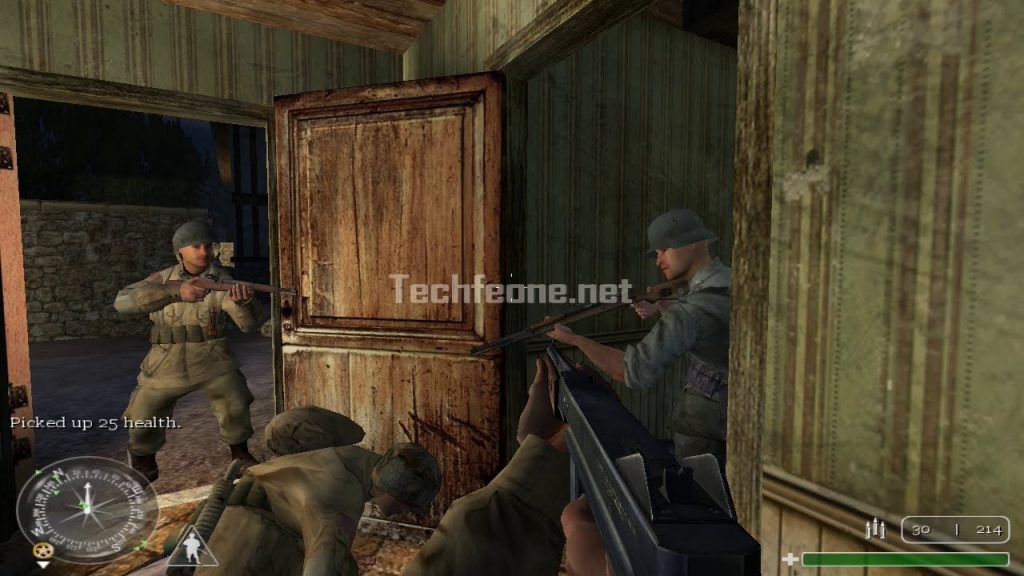
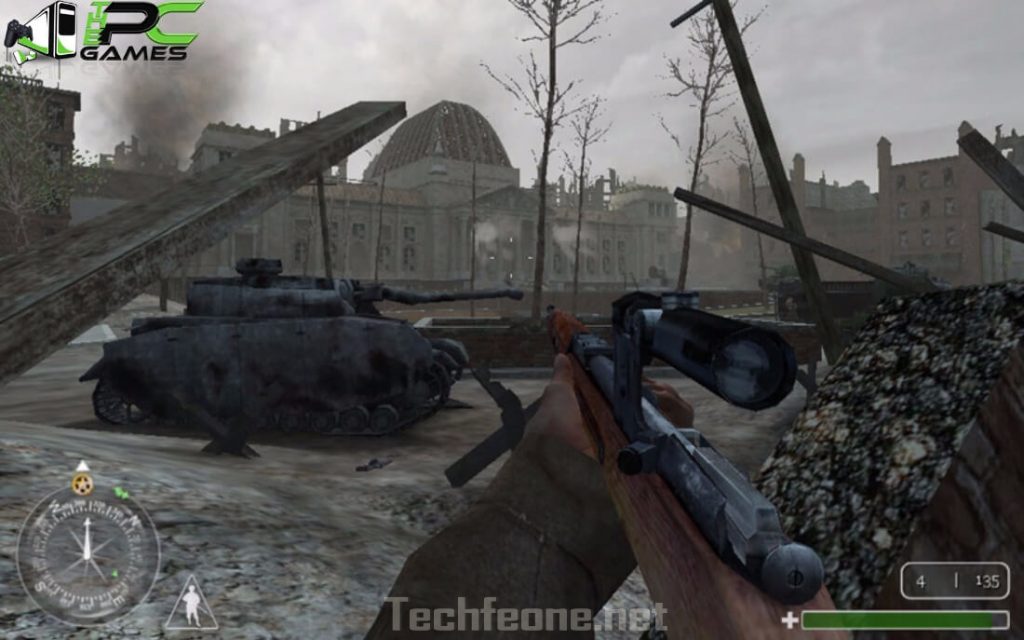
System Requirements for Windows PC
Minimum System Requirements:
- Operating System: Windows 98/ME/2000/XP
- Processor: Pentium III or Athlon 600 MHz processor
- RAM: 128 MB RAM
- Hard Drive: 1.4 GB of free hard disk space
- Video Card: 32 MB 3D hardware accelerator video card with DirectX 9.0b compatible drivers
- Sound Card: DirectX 9.0b compatible sound card
- DirectX: DirectX 9.0b (included)
- CD-ROM: 8x CD-ROM drive
- Input: Keyboard and mouse required. Joystick and gamepad are not supported.
Recommended System Requirements:
- Processor: Pentium III or Athlon 900 MHz processor
- RAM: 256 MB RAM
- Video Card: 64 MB 3D hardware accelerator video card with DirectX 9.0b compatible drivers
Technical Setup Details
- Full Name: Call Of Duty 1
- File Name: Call.of.Duty.1_game9v.com.zip
- File Size: 421 MB
- Setup Type: Offline Installer / Full Standalone Setup
Download Call Of Duty 1 (2003) for PC with a single link
Download the full settings package in a single link. Click the button below to start downloading Call Of Duty 2003 for Windows PC
Unzip Password (if any): game9v.com
How to Install
Note:
- Whenever a password is required for a packed file, it is always game9v.com
- It is strongly advised to disable any security or antivirus software before extracting or installing the game.
- Please refer to the Readme.txt for installation and usage instructions.
How to play Call Of Duty 1
1. Choose Your Campaign:
When you start the game, you can choose from three different campaigns: American, British, and Russian. Each campaign offers a unique perspective on World War II. Select the one you find most interesting.
2. Controls:
Familiarize yourself with the game’s controls. The default controls typically involve using the keyboard for movement (WASD for forward, backward, left, and right) and mouse for aiming and shooting. Check the control settings if you want to customize them.
3. Follow Objectives:
Pay attention to your mission objectives, which are provided in the game’s interface. These objectives guide you through the level and tell you what you need to accomplish.
4. Use Cover:
In “Call of Duty,” cover is essential for survival. Stay behind objects like walls, crates, and vehicles to avoid enemy gunfire. Lean out from cover to take shots at enemies.
5. Conservation of Ammo:
Ammunition can be scarce, especially in higher difficulty levels. Use your ammo wisely, aim for headshots to conserve bullets, and pick up weapons dropped by enemies when needed.
6. Health Packs:
Keep an eye out for health packs. They are usually found in supply crates or carried by medics. Use them to restore your health when you’re injured.
7. Teammates:
In some missions, you’ll have AI-controlled teammates. They can be helpful, but they can also die, affecting your progress. Try to protect and support them.
8. Objectives Vary:
Missions in “Call of Duty” vary greatly. Some involve storming beaches, others are stealthy infiltration missions, and some require defending positions. Adapt your tactics to the situation.
9. Save Your Progress:
“Call of Duty” allows you to save your progress at certain points in a mission. Take advantage of this feature, especially before challenging encounters.
10. Multiplayer (Optional):
If you choose to play multiplayer, practice and teamwork are crucial. Experiment with different classes and weapons to find your playstyle. In team-based modes, coordination with your teammates is key.
11. Enjoy the Story:
“Call of Duty” offers a compelling narrative set during World War II. Take the time to immerse yourself in the story and appreciate the historical context.
12. Mods and Custom Content (Optional):
“Call of Duty 1” has an active modding community that creates custom maps and content. If you’re interested, you can explore these mods to extend the game’s lifespan and add new experiences.



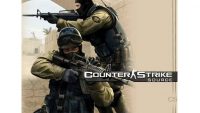
![GTA San Andreas download for Windows PC [full free]](https://techfeone.net/wp-content/uploads/2023/08/techfeone.net-Grand-Theft-Auto-GTA-San-Andreas-PC-featured-200x113.jpg)
